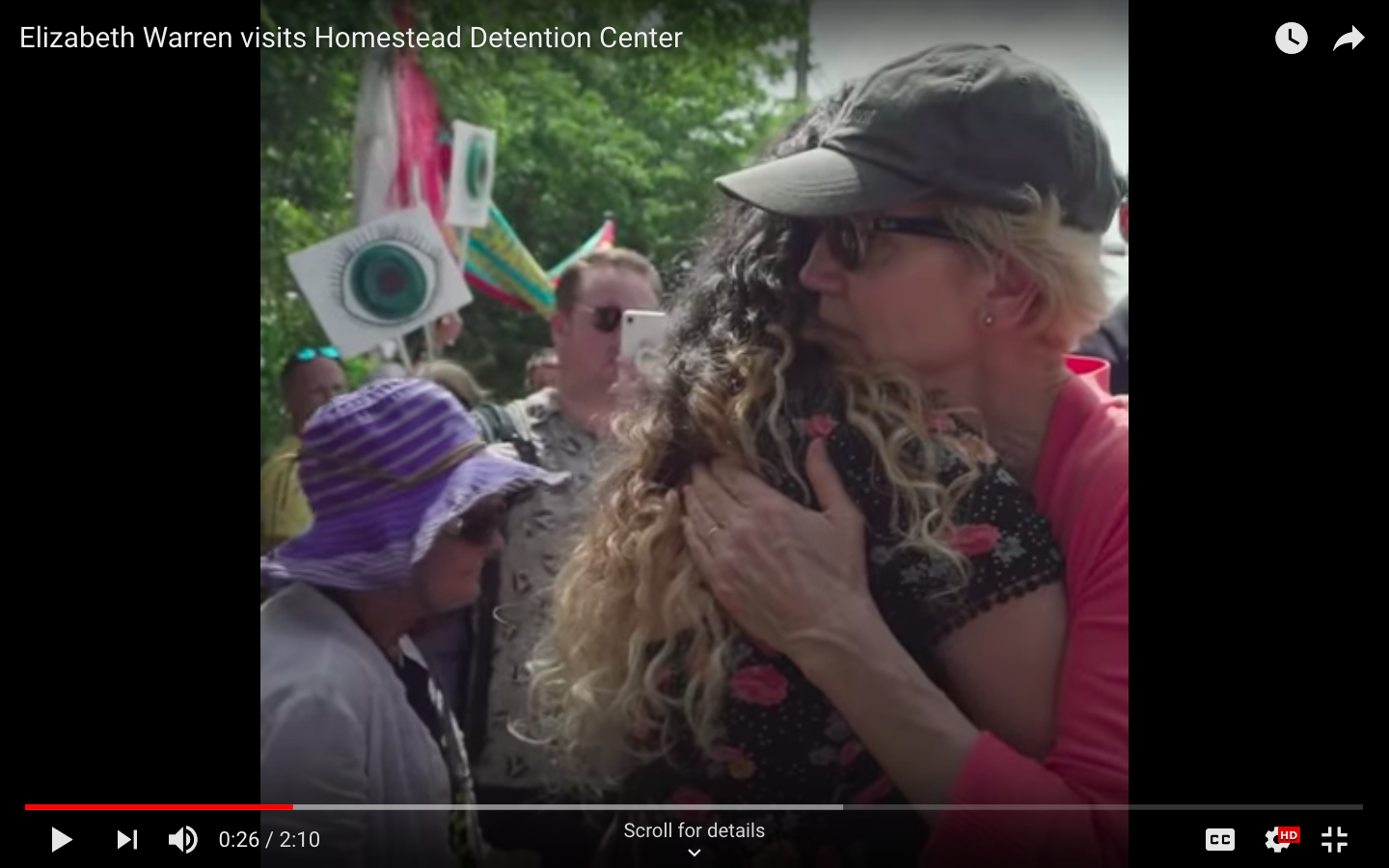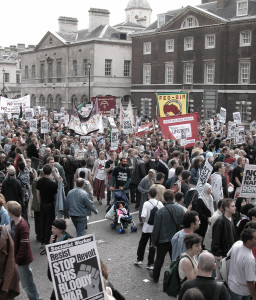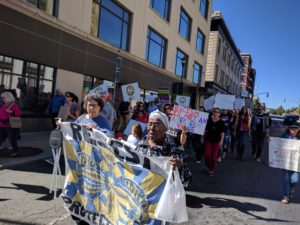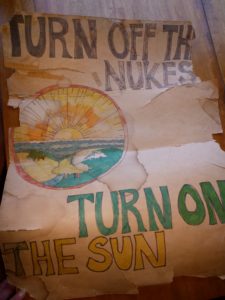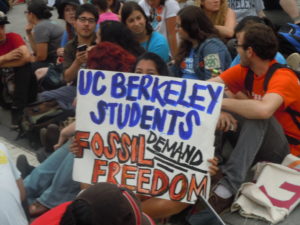Keeping a Green Lifestyle in the Time of COVID-19
This morning, I read a few articles on zero-waste in Green America’s spring issue, published about a month ago:

There’s plenty in those three articles that absolutely makes sense in today’s world–but there’s also quite a bit that’s at least temporarily obsolete.
With tips about how to bring reusable containers into the stores and organizing used clothing sharing events, it made me nostalgic for that very recent time before everything changed. And with a strong focus on combining climate, waste, and social justice, it was a refreshing reminder at how much more aware even we green folks are than most of us were 20 or 30 years ago.
True, it’s a bit more challenging to maintain a green lifestyle these days. But for the planet, it’s been a chance to recharge. The enormous reduction in motor vehicles on the road, planes in the sky, and factories running at full capacity allows our air and water to clean and regenerate themselves. And not to be Malthusian (and certainly not that I think this is a good thing), but the massive wave of deaths does reduce strain on the earth’s resources.
These positive changes have been somewhat offset by a dramatic uptick of certain other resources. Medical equipment, sanitation products, and even toilet paper are in short supply–and even more concerning, so are the medical personnel and hospital beds. And I’m guessing that as a world population, we’re generating a lot more waste and reusing a lot less.
In our own two-person, one-cat house, we’ve shifted some things as well. Our new routines might provide useful examples of how to be protected while staying as green as practical, so I’ll share a few of the details.
Water Use
What with not only washing our hands constantly for a full 20 seconds but taking a new glass or spoon every time and throwing our clothes in the washing machine every time we go to the store, our water use is probably triple what it was. We used to run the dishwasher about two, maybe three times in a typical week; now it’s more like five or six.
But even when we’re washing our hands so many times per day, we don’t turn the water on full force, and we turn it off when we’re not actually rubbing our hands under the faucet. We use just enough water to do a good job.
Fortunately, our heat and hot water are both on a green system powered by residual heat from cow poop and food waste running through our farmer neighbors’ methane digesters, and we live in an area where water is not scarce.
Cleaning Supplies
We’re also using somewhat more disposable paper products–but not all that much. For years, we’ve tended to use rags rather than paper towels to clean surfaces or mop up spills. But we are using paper towels or wipes to do things like keep our hands from touching door handles going into or out of a public place, wiping down shopping carts, etc. And of course, disinfecting the packaging we buy is something we never did before, and that uses a few paper towels.
My wife made us each a reusable mask. Since we’re usually shopping no more than once a week, it’s easy to wash them between uses.
We are not stockpiling, and we think the idea is silly. We’ve always bought toilet paper in 12-roll packs, and when we’re about half through, we get another 12-pack. When our bottle of dish soap gets down to half, we buy one more bottle. These patterns have not changed.
We are using more laundry detergent. Normally, we use a reusable laundry ball in the washing machine. We still do for regular wash, but for those post-shopping loads, we use hot or warm water, which the laundry ball isn’t designed for. We are almost through the box of earth-friendly detergent we bought about four years ago, but when that’s done, we inherited a huge tub of Arm & Hammer natural laundry powder when my stepfather died in 2018. I expect that it will last us the rest of our lives, considering we mostly use the laundry ball.
Packaging
As green consumers, we don’t bring a huge amount of packaged food into the house to begin with, and we save reusable glass and plastic containers when we do. We actually choose our brands of yogurt and hummus in part by whether we can put the containers and lids through the dishwasher and reuse them–and we use them until they break, usually at least 20 times. (We also factor in taste, quality, and price, of course.) Since forever, we use those jars to store bulk beans and grains, spices, and flours. Now, if we buy boxed cereal, for example, we wipe down the box and then either take the inner liner out and put it in a box we just finished, or put the cereal in jars.
When we buy bread or loose produce, we remove it from the plastic bag it came from and put it in one we’ve had pre-crisis; we have an entire hamper full of them. Cans get washed down with disinfectant, but other than cat food (which we buy in cases so the cans are protected), a small amount of canned beans, and coconut milk, we used almost no canned products anyway.
Since we’re not driving much, we have the luxury of leaving non-perishables in the car for a few days to decontaminate on their own–and while we still disinfect when we bring them in, we’re not quite as hyper-vigilant
Most of our produce is harvested at or near our home by the CSA farm we belong to, farmers at the local farmers markets and farm stands, or in our own garden. We’re washing everything more carefully. We’re washing citrus with soap. We’re peeling items like salad carrots instead of just grating the peels in with the rest of the carrot–but leaving peels on for cooked foods when appropriate, since heat kills the virus.
For years, we’ve kept reusable totebags in the car and brought them with us into stores. Now, we leave them in the car, load everything back into the shopping cart, unbagged, after it’s scanned, and then load them into our own bags at the car. So we’re still not getting bags, for the most part. This does mean we avoid shopping on bad-weather days.
Transportation and Shopping Choices
We live out in the country, seven miles from town. We’ve always ganged our errands into as few trips as practical, but now we’ve become almost religious about it. Going through the decontamination process every time we go shopping is annoying enough that we’re trying to shop no more than weekly, and preferably every two weeks. When we go, we think about everything we might need for 14 days, where we can get it with the fewest stops (rather than the lowest prices), and what route minimizes the miles to visit those stores.
One of the greenest things to do at this time is to actively support local independent businesses. We’ve shifted a much bigger percentage of our shopping dollars to the businesses we want to make sure survive, the ones that make our community a desirable place to live. We’re also ordering more online from these local businesses, and either picking up curbside or getting things shipped.
And sadly, we can’t car pool anymore. When we meet our friend who lives a mile from us to hike together (10 feet apart), she and we arrive in separate cars.
I haven’t needed any clothing except a package of socks I ordered online and picked up curbside. I would probably not go to a used clothing store right now, because it could be a germ factory. But I did arrange no-contact pickups for some books someone was giving away on our local Buy Nothing community, and for some items I had to offer. I let the books sit in the car and I will wipe them down before I shelve them.


